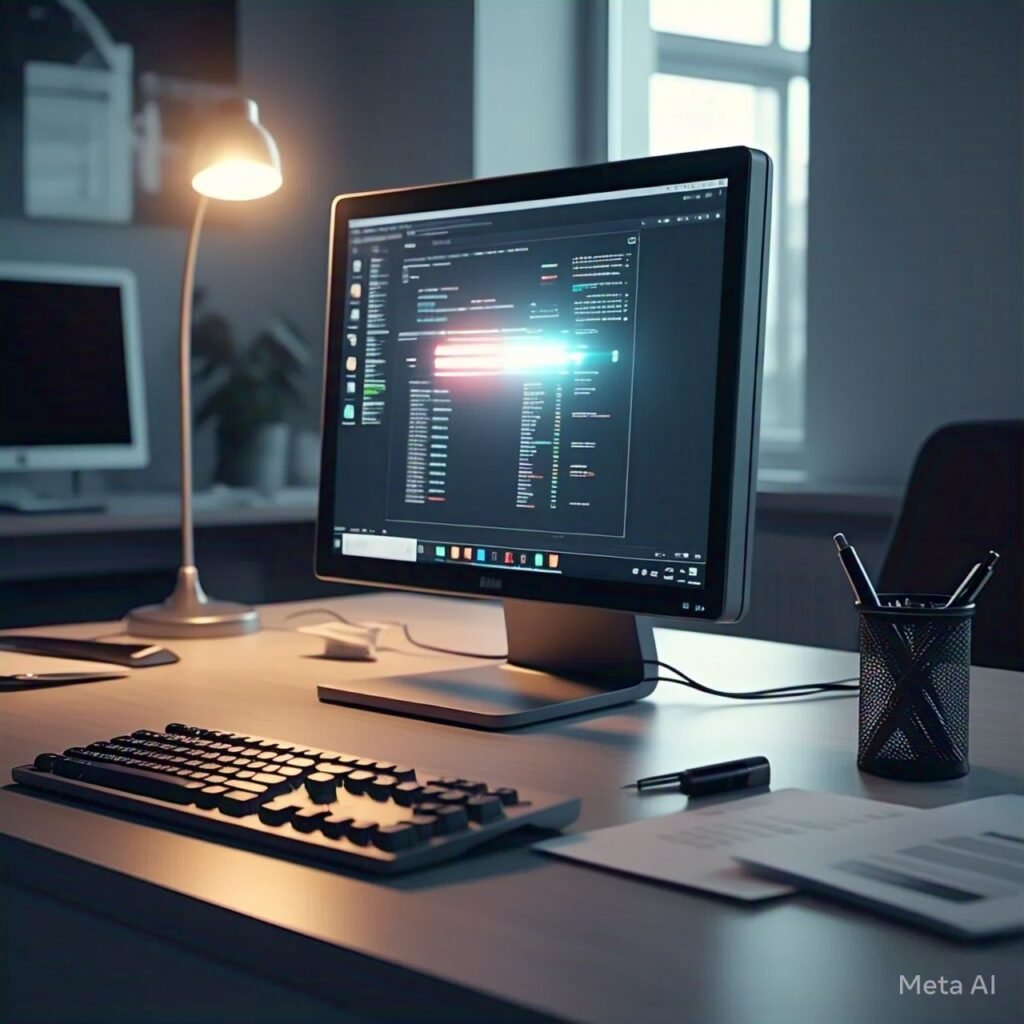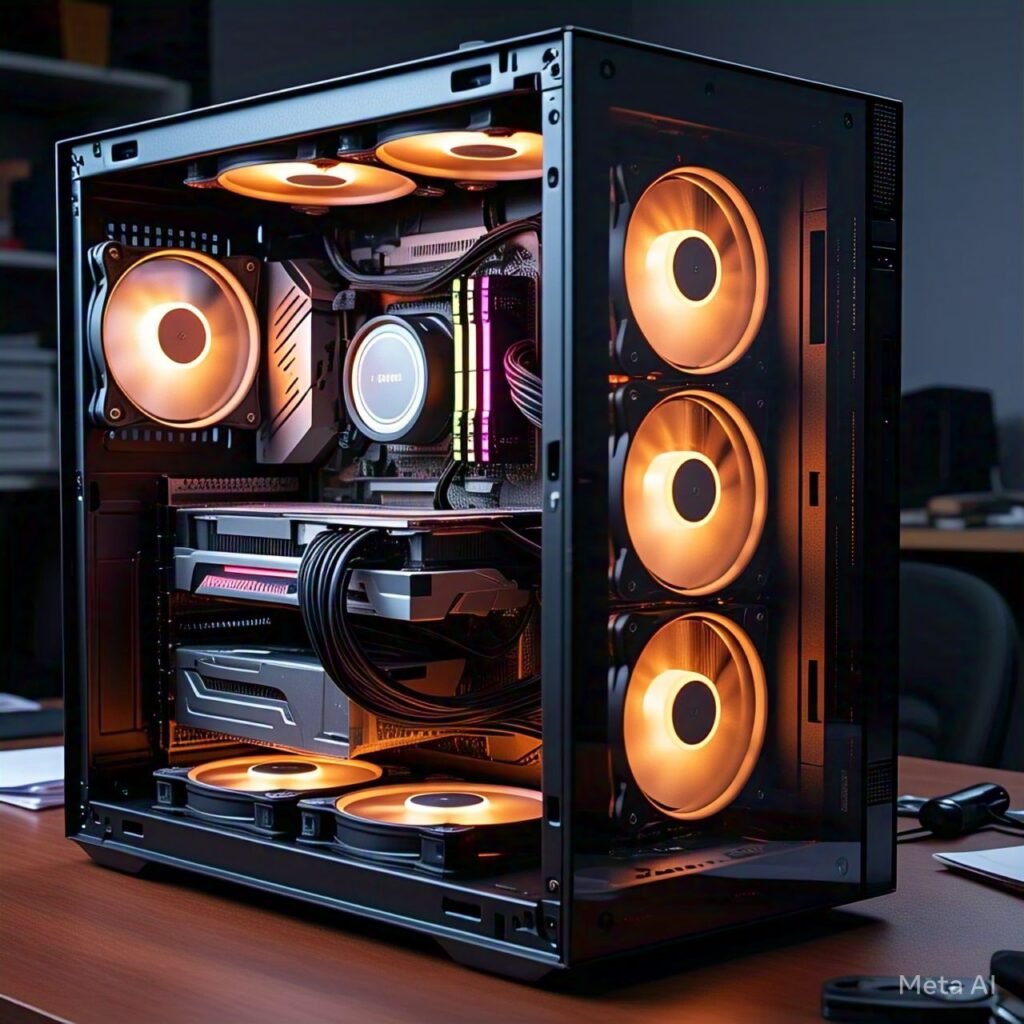Basic Computer Repair and Troubleshooting Guide
In today’s digital world, computers play a crucial role in our daily lives. Whether for work, education, or entertainment, we rely on them extensively. However, just like any other machine, computers can develop issues over time. Knowing some basic computer repair and troubleshooting techniques can help users fix common problems without needing professional assistance. This guide will cover essential troubleshooting steps and solutions to frequent computer problems.
1. Common Hardware Issues and Solutions

1.1 Computer Won’t Turn On
- Ensure the power cable is securely plugged in.
- Check if the power outlet is working by testing another device.
- If using a desktop, inspect the power supply unit (PSU) for faults.
- If using a laptop, try removing the battery and reconnecting it.
1.2 Overheating and Noisy Fans
- Clean dust from the vents and cooling fans using compressed air.
- Ensure proper ventilation and avoid placing the computer on soft surfaces like beds or carpets.
- Replace faulty or worn-out fans if needed.
1.3 Peripheral Devices Not Working
- Check the USB or other connection ports for damage.
- Update drivers from the device manager.
- Test the device on another computer to determine if the issue is with the computer or the peripheral itself.
2. Common Software Issues and Solutions
2.1 Slow Performance
- Delete unnecessary files and programs.
- Run disk cleanup and defragmentation.
- Increase RAM or upgrade to an SSD for better speed.
- Scan for malware using a trusted antivirus program.
2.2 Blue Screen of Death (BSOD)
- Restart the computer and note the error code.
- Update drivers and Windows to the latest version.
- Check hardware components like RAM and hard drive for failures.

2.3 Frequent Crashes and Freezing
- Ensure the operating system and drivers are up to date.
- Check for overheating issues.
- Run a virus scan and remove potential threats.
2.4 Internet Connectivity Problems
- Restart the modem and router.
- Ensure Wi-Fi is enabled on your device.
- Check for network driver updates.
- Try connecting to another network to diagnose if the issue is with the ISP.
3. Data Recovery and Backup
- Use cloud storage services like Google Drive or OneDrive for backup.
- Regularly create restore points in Windows.
- In case of accidental deletion, use data recovery software like Recuva.
4. Preventive Maintenance Tips
- Regularly update software and operating systems.
- Keep your computer physically clean and dust-free.
- Install a reliable antivirus and avoid suspicious downloads.
- Shut down the computer properly instead of forcing a power off.
Conclusion
By following these troubleshooting tips and maintenance practices, users can resolve common computer issues and enhance their device’s longevity. However, if the problem persists or seems too complicated, it’s best to seek professional help from an expert technician.
For professional computer repair services, visit HMG IT SOLUTIONS at www.hmgits.com or call us at 8604902318 for expert assistance!